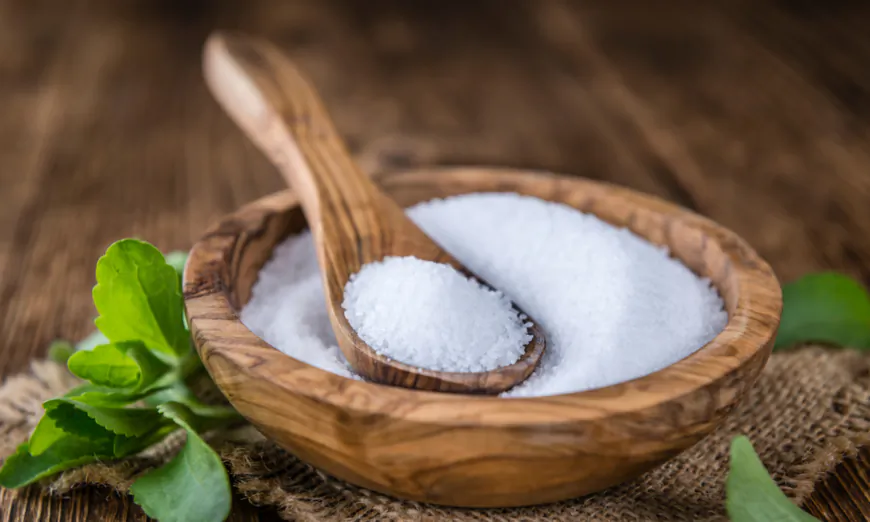
Stevia has recently become one of the most popular natural sugar substitutes. Sugar is known to raise blood sugar levels, but stevia can actually lower them. In fact, it was even used to treat diabetes in ancient times.
Stevia is also known as honey leaf, sweet leaf, or sweet herb. According to a paper published in Nutrition Today, it belongs to the sunflower (Asteraceae) family and is native to southern Brazil and northern Paraguay. The indigenous Guaraní people have been using stevia to sweeten their food and beverages for centuries. According to a 2019 meta-analysis published in Nutrients, they have also used it for medicinal purposes, such as treating diabetes.
Stevia’s sweetness mainly comes from steviol glycosides, which are about 200 to 300 times sweeter than sucrose.
High-purity stevia extracts contain 95 percent or more steviol glycosides, according to the Nutrition Today paper. A 2023 study published in Molecules found eight different types of steviol glycosides that occur naturally in stevia leaves, with stevioside being the most abundant.
Because of its commercial potential and pharmacological properties, stevia has attracted widespread attention from the food and scientific community. As a result, stevia plantations can now be found in many regions around the world.
Stevia’s glycemic index (GI) and calorie content are zero (pdf). The glycemic index measures how quickly and to what extent a food increases blood sugar levels, also called blood glucose levels, with glucose being the standard at a GI value of 100.
A Sweetener With Anti-Diabetic Properties
Modern research has found that stevia exhibits anti-diabetic activity.
Stevia not only increases insulin secretion and activity but also reduces insulin resistance. It also inhibits or reduces the liver’s production of glucose, which helps maintain healthy blood sugar levels. Additionally, the stevioside and steviol found in stevia help to regulate the activity of certain enzymes, preventing blood sugar from dropping too low and causing hypoglycemia.
Researchers from the University of Florida conducted an experiment in which 31 adult participants fasted for 12 hours and ate the same breakfast. Twenty minutes before lunch and dinner, they were given tea and snacks containing sucrose, aspartame, or stevia, without knowing which type of sugar they were ingesting. They were then free to eat lunch and dinner as they wished.
Their hunger and satiety levels were evaluated hourly, and blood tests were conducted. All participants completed three days of food tests.
The results showed that participants who consumed stevia had significantly lower blood sugar levels right after lunch than those who consumed sucrose, and they had no significant fluctuations.
Additionally, after lunch, the insulin levels of participants who consumed stevia were overall lower than those of participants who consumed aspartame or sucrose.
“It would suggest that compared to other types of sweeteners, stevia could be beneficial in helping people keep their glucose levels under control or in a healthy range after eating,” study co-author Stephen Anton, a professor in the department of physiology and aging at the University of Florida who has a doctorate in clinical and health psychology, told The Epoch Times. “Compared to sucrose and aspartame, stevia could lead to better post-meal metabolic states.”
Moreover, participants who consumed stevia and aspartame had a significantly lower total caloric intake.
Although participants who consumed stevia before meals didn’t obtain calories from it, they didn’t compensate for the calorie difference by consuming more during lunch or dinner compared with those who consumed high-calorie sucrose. Furthermore, their satiety levels were similar.
A randomized, controlled trial on diabetic patients published in the Journal of the Science of Food and Agriculture in 2016 further demonstrated the blood sugar-lowering effect of stevia. Twenty patients with Type 2 diabetes were randomly divided into two groups, one taking 1 gram of dried stevia leaf powder daily and the other not taking any. The experiment was conducted over 60 days.
The results showed that taking dried stevia leaf powder significantly reduced the fasting and postprandial blood sugar levels of these diabetic patients.
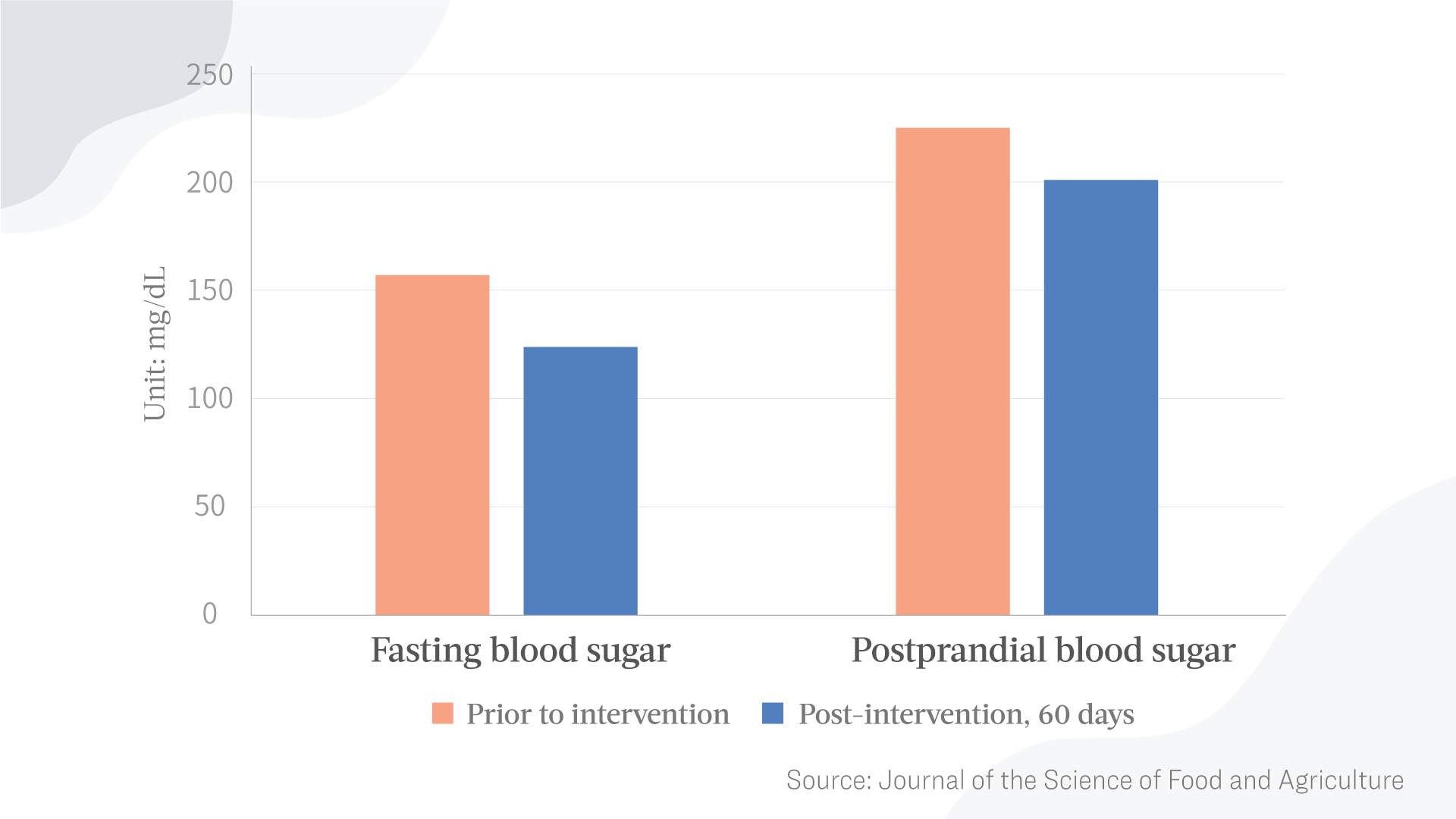
In a human study conducted in the 1980s, 16 healthy volunteers consumed 5 grams of aqueous stevia leaf extract every six hours for three consecutive days. The results showed that the intake of stevia leaf extract increased glucose tolerance, and all volunteers had reduced plasma glucose levels during the testing period and after overnight fasting.
“I see that using stevia as a sugar substitute can bring about a huge change,” said Per Bendix Jeppesen, an associate professor in the department of endocrinology and diabetes at Aarhus University in Denmark who is currently studying stevia extract as an anti-diabetic drug and as a healthy sweetener.
“It is a game changer,” he told The Epoch Times.
That’s because the main component of stevia has positive effects on the human endocrine system, especially for people with diabetes. In addition to studying stevia’s effectiveness and extraction techniques, Mr. Jeppesen is involved in related experiments on anti-diabetic drugs.
Modern people tend to engage in too little physical activity, consume too much food, and eat diets that are high in sugar and fat.
“Stevia could be a very good substitute for the sugar that we are consuming too much of,” Mr. Jeppesen said. “By adding stevia, it could really enhance public health, as the calorie intake would decrease when we consume less sugar.”
Effects on Metabolism, Blood Pressure, and Blood Lipids
In addition to controlling postprandial blood sugar and other anti-diabetic effects, stevia can lower blood pressure and blood lipids.
Steviol glycosides found in stevia can regulate the level of calcium in the blood, which can lead to vasodilation and reduced arterial contraction, both of which contribute to lowering blood pressure, according to the 2023 Molecules study.
Researchers in Taiwan conducted a randomized, double-blind, placebo-controlled trial on hypertensive patients in which 174 hypertensive patients were divided into two groups. One group took steviol glycoside capsules three times a day, each containing 500 milligrams of steviol glycoside, while the other group took a placebo. Two years later, those who took steviol glycoside showed significant improvements in their blood pressure. Their systolic blood pressure decreased from an average of 150 to 140 mm Hg, and their diastolic blood pressure decreased from an average of 95 to 89 mm Hg.
Notably, the beneficial effects of steviol glycosides on hypertensive patients were observed approximately one week after the start of the experiment and continued throughout the entire study. Additionally, the group taking steviol glycosides had significantly improved overall quality of life scores, as measured by a survey.
The Nutrients meta-analysis included seven studies and nine randomized controlled trials involving 462 participants. The analysis revealed that compared with taking a placebo, steviol glycosides significantly reduced systolic blood pressure by 6.32 mm Hg and diastolic blood pressure by 3.6 mm Hg. Additionally, there were nonsignificant reductions in body mass index, fasting blood sugar, and total cholesterol.
Stevia can also lower blood lipids. A review study showed that consuming stevia extract can significantly increase the level of high-density lipoprotein (“good” cholesterol) and reduce the levels of total cholesterol, triglycerides, and low-density lipoprotein (“bad” cholesterol).
Anti-Inflammatory and Antioxidant Properties
Stevia contains more than 100 compounds, many of which benefit our health. In addition to natural sweeteners and various trace elements, stevia contains terpenes, sterols, tannins, volatile acids, flavonoids, vitamins, enzymes, organic acids, and polysaccharides, all of which have biological activity.
For instance, the most abundant polyphenol component in stevia leaves is chlorogenic acid, which exhibits excellent antioxidant activity and various therapeutic properties, including anti-diabetic, antimicrobial, anti-inflammatory, and anti-cancer effects.
According to the Molecules study, steviol glycosides have been found to suppress and control factors that trigger cell inflammation. They also play a protective role in the liver by preventing inflammation and have been shown to enhance the body’s innate immune system.
In addition, steviol glycosides exhibit antioxidant properties. The study published in Molecules in 2023 demonstrated that they can protect heart cells from damage caused by hydrogen peroxide, resulting in increased vitality and improved antioxidant capacity. They can also prevent oxidative DNA damage in the liver and kidneys.
Minimal Side Effects
According to a paper published in the Experimental and Clinical Sciences (EXCLI) Journal, Paraguayans have been consuming stevia continuously for more than 1,500 years with almost no adverse effects reported. Additionally, a review study indicates that most reports on stevia consumption don’t suggest any adverse events.
Stevia is a very safe sweetener, since it’s considered nontoxic, non-mutagenic, and non-carcinogenic.
The acceptable daily intake of steviol glycosides, as defined by the U.S. Food and Drug Administration and the European Food Safety Authority, is 4 mg per kg body weight, or about 1.8 mg per pound.
Mr. Jeppesen stated that these agencies took more than 10 years to conduct rigorous evaluations before listing stevia as a food additive. However, stevia has been widely used as a sweetener in Japan since the 1980s, and there have been no reports of adverse effects.
An earlier rat study mentioned in the EXCLI Journal suggested that stevia might affect the fertility of experimental animals. However, Mr. Jeppesen said that the final results of these studies generally weren’t accepted.
How to Choose Stevia Sweetener
Despite stevia’s benefits, not all stevia products available for sale are high quality.
Some products have been found to contain artificial sweeteners sodium saccharin and sodium cyclamate. In addition, crude stevia extracts may have a higher allergenic potential than high-purity stevia sweeteners containing at least 95 percent of steviol glycosides, according to the EXCLI paper.
Because stevia is so sweet, most stevia products found in supermarkets are blended formulas. Steviol glycosides generally account for only about 1 percent of powdered products, while the remaining ingredients are usually sugar alcohols such as erythritol and xylitol. Certain products may also contain a combination of stevia and cane sugar or raw sugar.
Liquid-based stevia products mainly contain water and may also contain some preservatives such as alcohol. Colorless and transparent products are formulated using steviol glycosides as raw materials; products that are green in color are more likely to be directly extracted from the stevia plant.
Mr. Jeppesen recommended choosing products that combine soluble fiber and steviol glycosides for a calorie-free sweet taste and additional fiber intake. Also, the application and preparation methods of these products are similar to those of sugar, making them a practical alternative for use in cooking.
Some stevia products have a metallic or bitter taste from the stevioside compound.
Mr. Jeppesen said that the taste of steviol glycoside products would continue to improve as extraction technology advances. In fact, the aftertaste of metallic or bitter flavors can now be eliminated. In the future, there’ll be more and more steviol glycoside products available to choose from.
Tips for Growing Stevia Plants at Home
If you want to go completely organic, you can try growing your own stevia plant.
Stevia is a hardy plant that will thrive under the right conditions. Provided with adequate light and well-draining, lightweight soil, stevia plants will produce more leaves with higher levels of steviol glycosides.
Stevia leaves contain eight different steviol glycosides, and rebaudioside A has been found to have a more pleasant taste than stevioside. Some high-quality stevia varieties with a higher content of rebaudioside A than stevioside have been developed in recent years. When purchasing stevia products, check the label for information on the rebaudioside A content.
To ensure the best taste of the leaves, it’s crucial to prune the mature flower buds promptly. According to a recent study published in Applied Microbiology and Biotechnology, this is because the levels of sweet compounds in stevia leaves will significantly decrease during the flowering process.
Adjusting watering levels and applying organic fertilizers based on temperature and humidity is also essential. Stevia is not cold tolerant, so it should be moved indoors during winter or have a thick layer of straw mulch added to its roots for insulation.
For inexperienced growers, starting with stevia seeds can pose obstacles, as they are quite difficult to germinate; it might be more convenient to propagate stevia through stem cuttings or purchase stevia seedlings directly.
How to Make Stevia Liquid at Home
Stevia leaves can be harvested multiple times a year by cutting the stems and removing the leaves. If there’s an excess of fresh leaves that can’t be consumed quickly, they can be dried and stored using the hot-air drying method.
Although shade drying may preserve more active compounds, it isn’t recommended, as there’s a risk of contamination from mold and rot during the process, according to the Applied Microbiology and Biotechnology study.
A drying temperature between 104 and 122 degrees F (40 and 50 degrees C) is more appropriate, as it can maximize the retention of the phenolic and flavonoid content in stevia leaves.
The simplest way to effectively extract stevioside from stevia is by soaking the dried leaves in water at 194 degrees F. The primary method for extracting stevioside from stevia on an industrial scale also involves soaking in hot water. Such a physical extraction method has been proven not to alter the quality of stevioside.
Simmer the extracted liquid over low heat until its volume has been reduced. Because no preservatives are added, this type of homemade liquid needs to be refrigerated and protected from contamination when used.
Next: Following in stevia’s footsteps, another natural sweetener has gained widespread attention. It could help manage blood sugar and lipid levels, exhibits potential antiviral effects against COVID-19, and even demonstrates anti-cancer properties.
Read the entire “The Ultimate Guide to Kicking Sugar” series here.

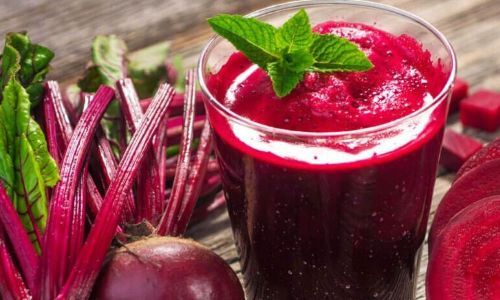

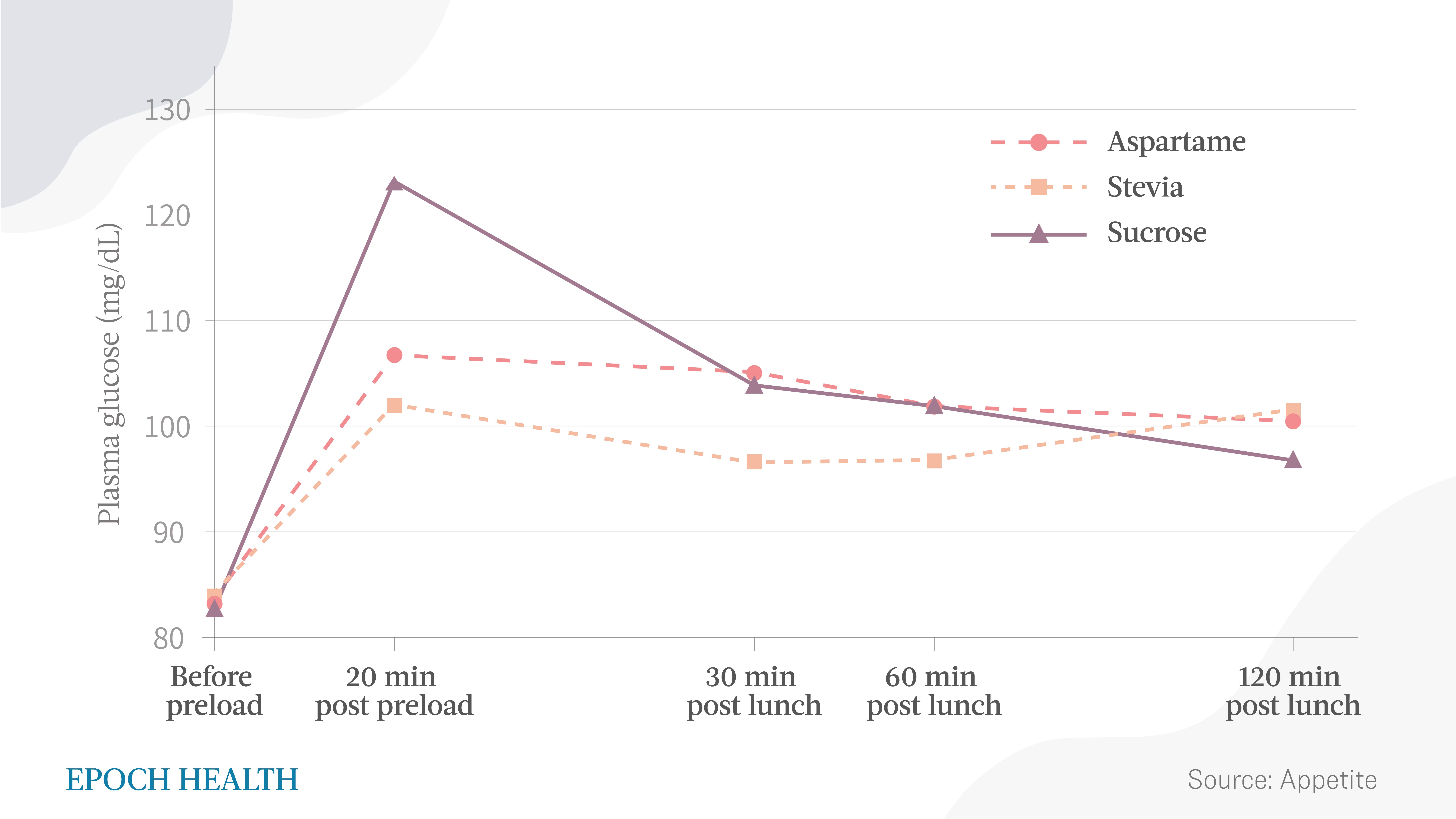
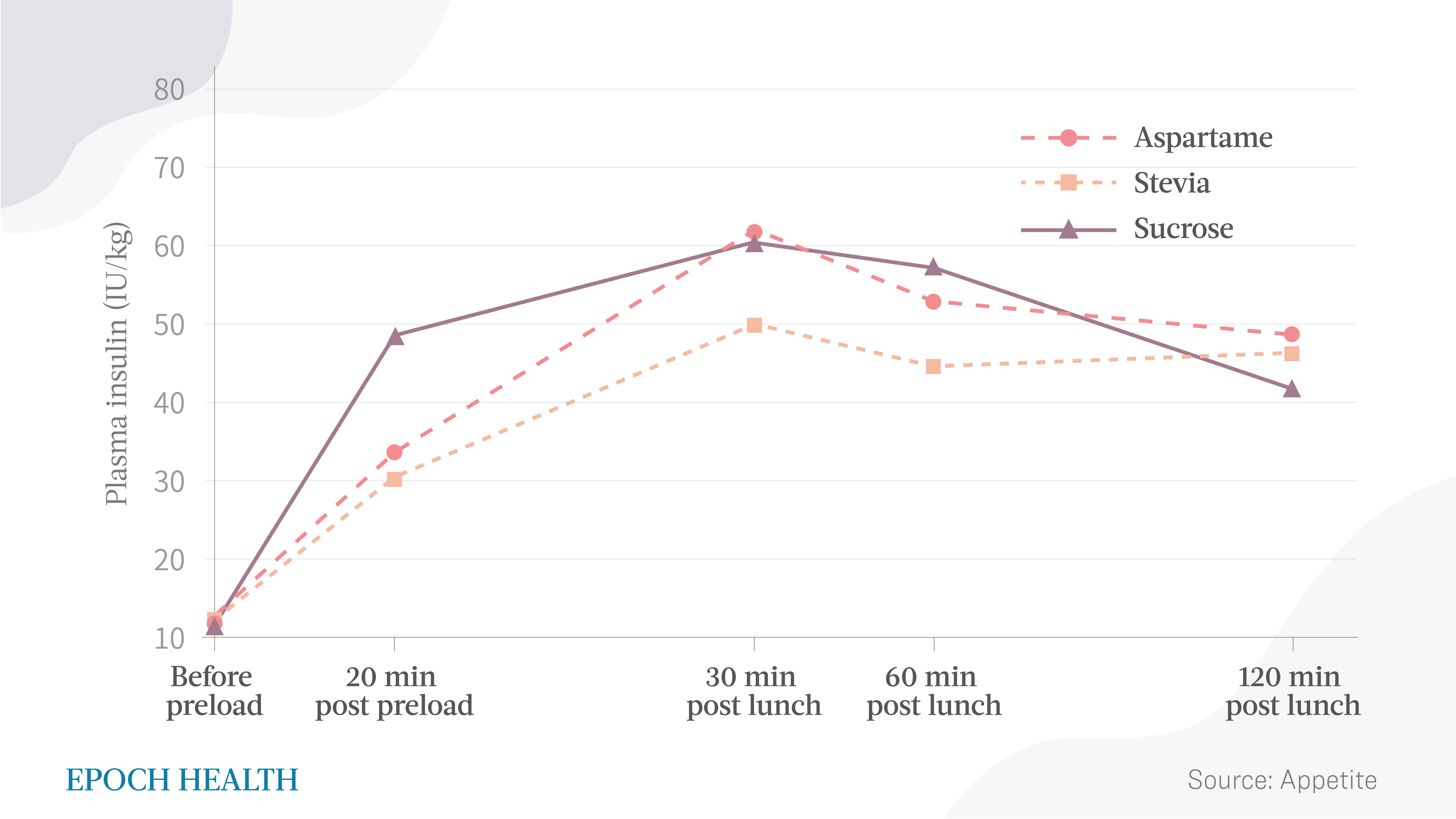
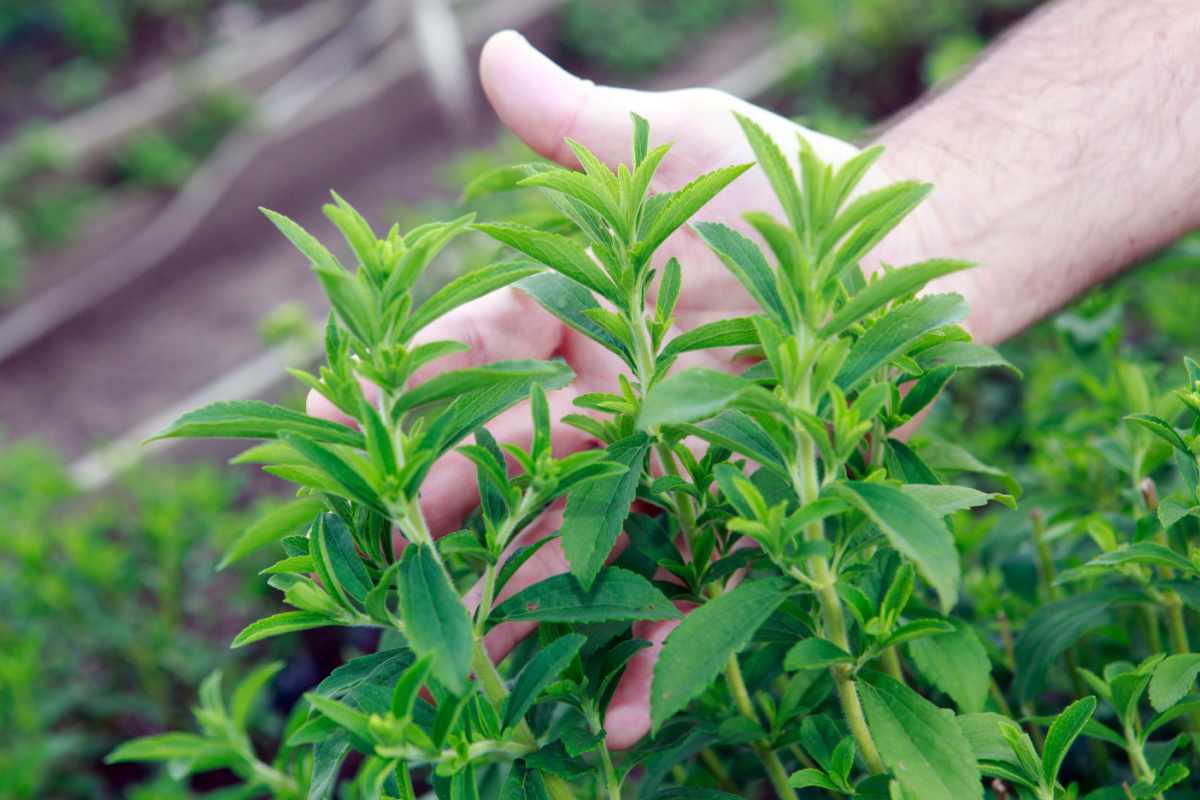
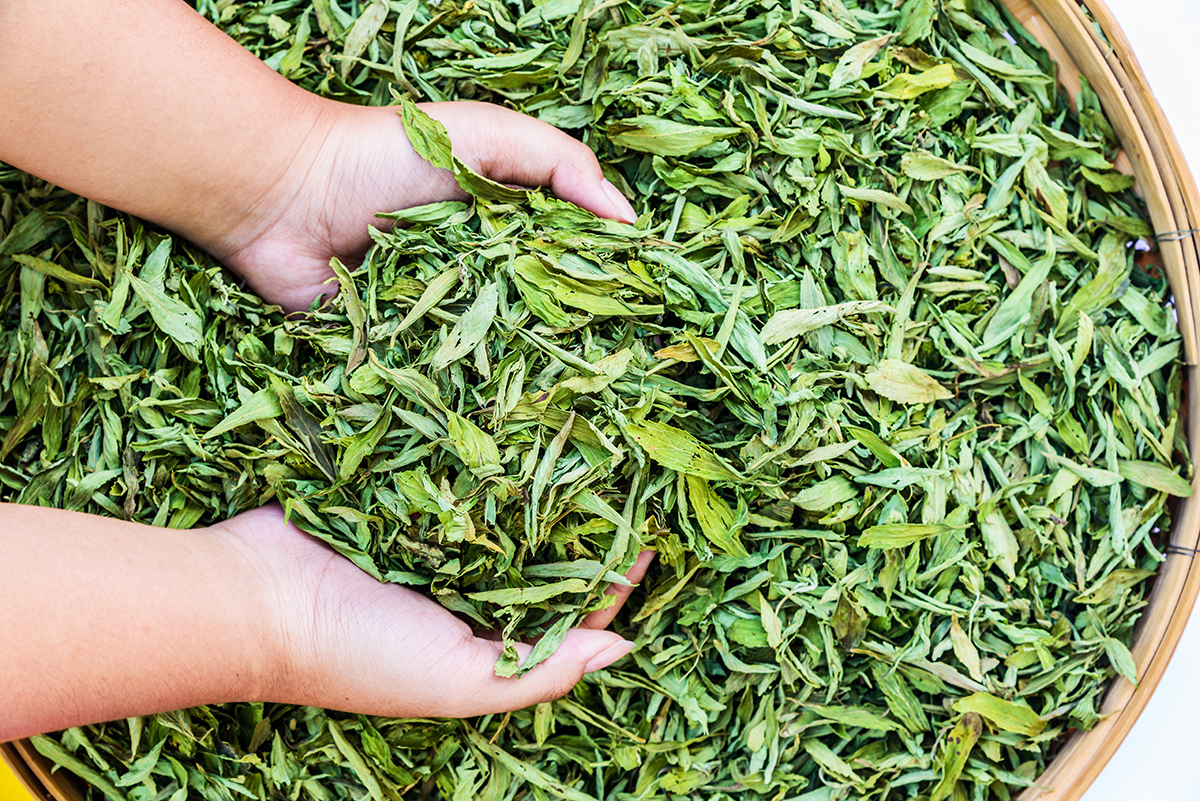
No comments:
Post a Comment